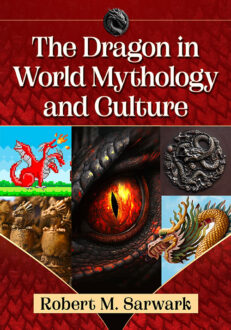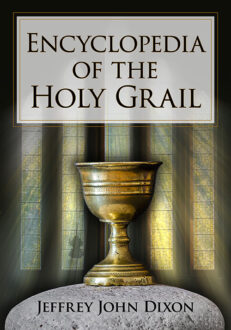Seduced by Twilight
The Allure and Contradictory Messages of the Popular Saga
$29.95
In stock
About the Book
Stephenie Meyer’s Twilight saga has maintained a tight grip on the contemporary cultural imagination. This timely and critical work examines how the Twilight series offers addictively appealing messages about love, romance, sex, beauty and body image, and how these charged themes interact with cultural issues regarding race, class, gender and sexuality. Through a careful analysis of the texts, the fandom and the current socio-historical climate, this work argues that the success of the Twilight series stems chiefly from Meyer’s negotiation of cultural mores.
About the Author(s)
Bibliographic Details
Natalie Wilson
Format: softcover (6 x 9)
Pages: 242
Bibliographic Info: notes, bibliography, index
Copyright Date: 2011
pISBN: 978-0-7864-6042-7
eISBN: 978-0-7864-8561-1
Imprint: McFarland
Table of Contents
Preface and Acknowledgments 1
Introduction: A Post-Twilight World 5
1. The Allure of the Vampire, the Danger of the Wolf: Or, Why to Avoid Big, Bad Shape-shifters in Favor of Knights in Sparkling Armor 15
2. Bitten by Romance: Happy Twilight-Ever-After 41
3. Vamping Femininity: Twilight as (Anti?) Feminist Fairy Tale, Or, We Can’t All Be Slayers 61
4. The Dawning of New Men: Hegemonic Masculinity, Sparkly White Male Vampires, and Ab-tastic Wolves of Color 83
5. Sexuality Eclipsed: The Taming of Female Sexuality via Vampire Abstinence 106
6. The Soul of the Vampire: Sparkly Mormons, Female Eves, and Unconverted Wolves 133
7. Got Vampire Privilege? Or, Why You Should Marry an Undead White, Wealthy, Heterosexual Mormon 157
8. Consuming Desires: Can You Buy That Twilight Feeling? 180
Conclusion: You Have a Choice, and It Need Not Be Edward or Jacob 205
Chapter Notes 209
Bibliography 219
Index 229





